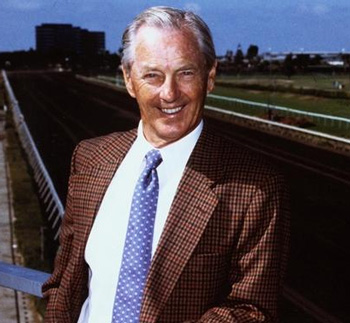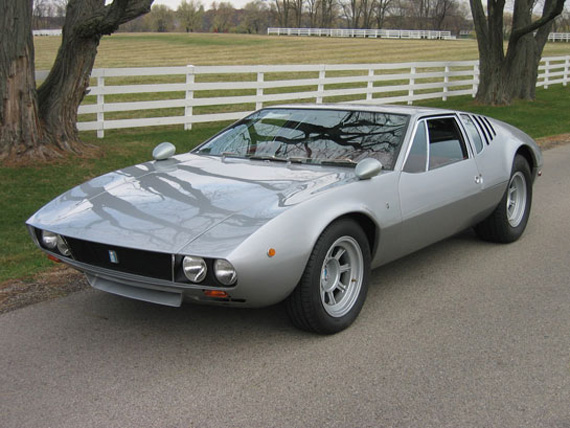By Wallace Wyss
“Mr. Q”, described by newspapers as “a legendary powerhouse in the international motor industry,” died on November 1 in San Francisco at the age of 94.
His name is pronounced completely different from what you expect, more like SHELL CUE-VOL-A. I met him a couple of times, first when I went to his impressive office on San Francisco’s Van Ness Avenue to interview him about the period when he imported the first DeTomaso Mangusta to America. I knew when I met him in his office that he was taking the time to meet an unknown journalist to discuss a sensitive topic (and later, you could not mention “DeTomaso” without some friction….). But he was extremely helpful and honest.
Born in Norway in 1919, the son of a sea captain, he showed salesman’s chops early selling household items door-to-door. He migrated to Seattle in 1929 and went on to serve the US military flying transports during the war.
Soon after the war, he bought a distributorship for Jeep. About that time, he happened upon a fellow in San Francisco driving an odd little car. He asked where it was made and the man said “Britain.” Making further inquiries he found out it was a sports car called the MG. Duly impressed, in 1947, Qvale became the MG distributor for the West Coast, calling his San Francisco based company “British Motor Car Distributors, Ltd.” In 1953 Qvale, along with partner Reynold C. Johnson, gave his first order to Volkswagen Germany for 12 VW Beetles to sell in Northern California. Along with his brother Knute, Kjell started Riviera Motors as the sole Volkswagen importer for the Pacific Northwest in 1954, which eventually grew to over 2,500 Volkswagen, Porsche and Audi vehicle sales per month. He later became a distributor for the MG, for Jaguar, for Bentley, for Rover and brought back the name Jensen to America.
He was also very big in sponsoring sports cars in racing. I know he imported the first lightweight Jaguar E-type, one he wrested away from Briggs Cunningham, and if you look at old Competition Press newspapers there are hundreds of examples of cars he sponsored. He eventually reached beyond British and German cars to import Italian cars such as the DeTomaso Mangusta, and later Maserati, with the Bora, the Merak and the Quattroporte.
He helped establish San Francisco’s International Auto Show. But more important to collectors, one time he thought of displaying some cars on the Pebble Beach golf course in a little informal car show and that eventually grew to become the venerable Pebble Beach Concours d’Elegance that takes place each August in Monterey. Being a racing fan he also aided in the creation of Laguna Seca raceway and is credited with the design of the tricky part of the course, the “corkscrew.”

